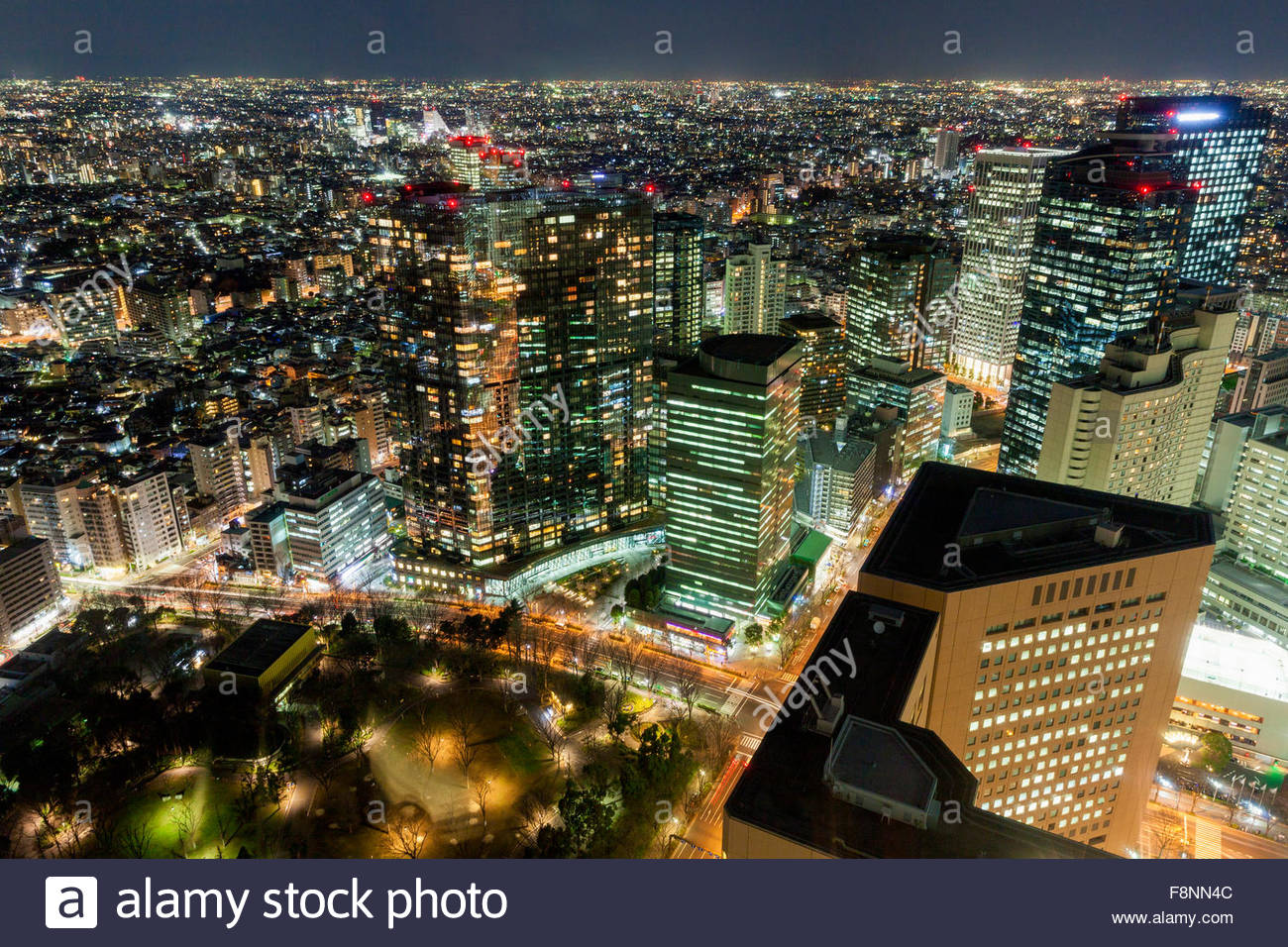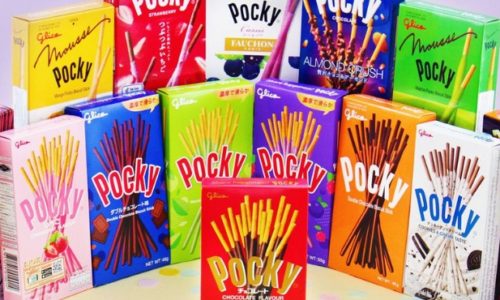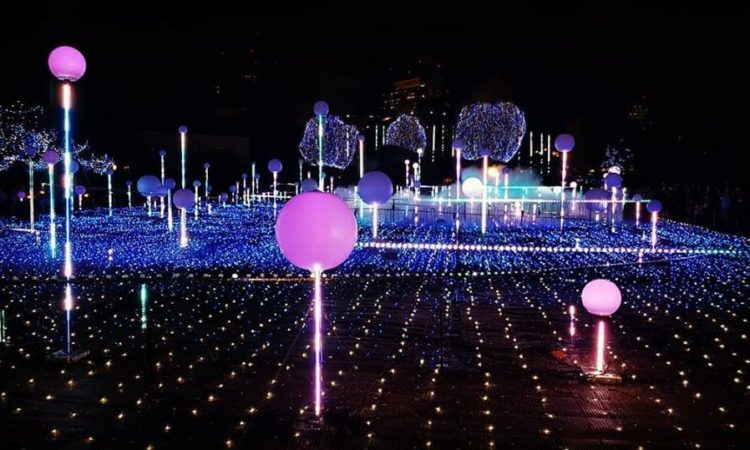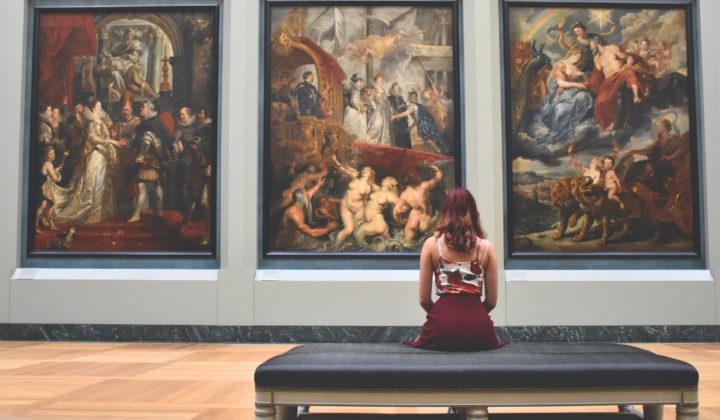City Pop, シティーポップ, shitī poppu
Born within the boom of late 1970’s Japan, after shaking off the devastation and disease of WW2, Japan was experiencing a technological and economic renaissance. American influence was at an all-time high, instead of the military, money funneled into technology. Sony Walkman, Cassette Tapes, VHS, Video Games, Automobiles, Radio, TV, Infrastructure and Buildings, Japan, was being pushed ahead of the pack due to its economic and technological boom.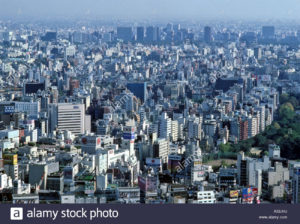
A rapidly urbanising and westernising population was eager to spend; they were euphoric and wanting to celebrate. Disposable income was at a high and spending lavishly, and in excess on clothes, liquor, food, art, and travel was becoming the norm of the metropolitan Japanese public. It was an optimistic and hopeful time.
It was this optimism that birthed the gaudy, poppy, peppy, and funky genre of City Pop, シティーポップ, shitī poppu. A genre that defined a generation of Japan’s urban population. A soundtrack of the night. A feel-good, exciting flavour of funk, pop, disco, and soul blended into some smooth, jazzy Japanese vocals. City Pop was the pop music of the late 1970s and 1980s that complemented the optimism, joy, and fun that Japan was riding high on.
Music journalist Yutaka Kimura described the genre as “urban pop music for those with urban lifestyles,” a once thought everlasting soundtrack for the once thought eternal economic rise of Japan. A style that, along with Japan’s prosperity in the early 1990s, was lost to the bursting of Japan’s economic bubble as people lost hope and joy.
Times were getting rougher, money was tighter, and hopes diminished. The genre that defined optimism for a decade and a half prior was no longer needed. City Pop was slowly and steadily forgotten, its sweet, joyful melodies speaking of love and hope were lost to the passage of time as it slowly faded into history as another of the many lost genres of pop.
The mature lyrics, polished melodies, and sophisticated eloquent sounds lost.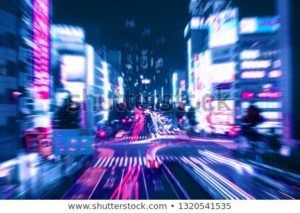
The Revival
It was not until in the latter half of the 2010s that a new City Pop craze lit, and interest within the genre reignited in the genre. And all thanks to Youtube at that.
In mid-2017, a video of City Pop queen Takeuchi Mariya song entitled “Plastic Love” was uploaded. For whatever reason, the Youtube algorithm pushed the track onto anyone, and everyone’s recommended feeds, and the song proceeded to explode in popularity. Not that I’m complaining; however, this song was my gateway into the genre, and for that, I am ever grateful to its beautifully sweet melancholy lyrics, and soft-subtle tones of love.
This event kicked off what could be seen as a revival of City Pop. A whole new generation of people, young, trendy, and ready to experience something new. A whole new generation of people who had never heard of City Pop and its cultural beginnings. A whole new generation of people who had not lived through the initial rise of the peppy and gaudy genre and its subsequent fall.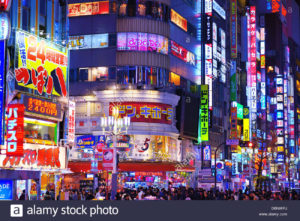
Combined with the increasing love for retro and vintage aesthetics and sounds in today’s world, love and want for a time when City Pop represented the optimism, hope, and joy that many people wish they could feel today.
Furthermore, with the popularity of modern sample-based, retro aesthetic genres such as Future Funk and Vapour Wave, it is no wonder why the genre had a resurgence as it did, especially among the young people of today.
The Queen of Plastic Love
While she may not have been one of the founding artists of the genre such as the band “Happy End” or the renowned artist Tatsuro Yamashita. She is, however, now the face of City Pop, and her beautiful vocals have helped define City Pop and the past and continue to define what City Pop is too this day.
Mariya Takeuchi is the queen of City Pop, having released some of the genres most defining songs and tracks, and even to this day, even over 25 years since City Pop was mainstream continues to dictate the genre with her iconic voice and style.
Mariya’s most famous song “Plastic Love” from 1984 uploaded to Youtube on the 6th July 2017 has now amassed over 26 million views in the past 2 years, and an even further number across multiple different reuploads covers and remixes. Propelling it to the most famous City Pop song.
The song has had a troubled history on Youtube, with there being multiple takedowns of the track over its 2-year lifespan, prompting multiple re-uploads. However, these did not halt the spread of City Pop; in fact, they promoted it. With the seeming rarity of the track due to its takedown by Youtube, more and more listeners tuned in to try and listen to what fuss a 30-year old track could be creating.
Its boom in popularity has been so monumental that it even prompted Warner Music, the current copyright holders, to cave into the raving fans of the track and create a music video. The music video for a song from 1984 that never held any relevance outside of Japan when City Pop was at the height of its popularity.
Music journalism company Noisey called it “the best pop song in the world” and world-famous band the Gorillaz said it was “a wonder woman slab of Japanese funk.” However, the song would never have become so famous if not for the brilliant minds behind it, and it wasn’t just Mariya Takeuchi.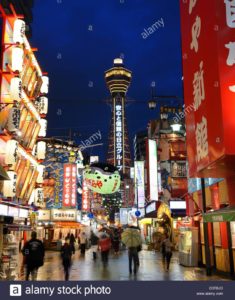
Her producer, co-collaborator, partner, and husband, Tatsuro Yamashita, was also one of the great minds behind the track, and they worked with each other every step of the way on Plastic Love and even her whole album “Variety.” After all, you cannot write a great love song without there being any love to write about.
Tatsuro Yamashita is heralded as the king of City Pop to his wife’s title as queen as together their discography comprises some of the most famous and influential City Pop track around, they are both considered as City Pop royalty.
Different Tastes
While City Pop at the time may have been trendy and influential over urban cosmopolitan culture, many just viewed it as gaudy and coated in a plastic sheen. A worse copy of the new world western pop of the time that had none of the joy and love that changed nothing from the famous Japanese pop music at the time.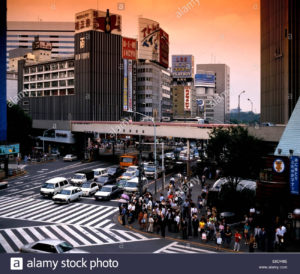
One of the leading bands that changed this perception was called “Happy End” and were some of the pioneers of City Pop. Drawing heavy inspiration from California based summer folk-rock bands, instead of singing in English like was the norm for Japanese pop at the time, Happy End went fully in their own native tongue paving the way for more Japanese based music in the future. For all of City Pops time, Happy End would remain a key touchstone and reminder for how musicians would choose to reinterpret American music to help in discovering their own national identity.
Happy Ends brand of summery City Pop that works on tugging at the nostalgia and memories of a bygone era, of the feeling of the long ocean waves as you drive past, the American sense of freedom, is not the only sub-genre within City Pop.
As social attitudes started to shift along with the rise in affluence and income, as equality started to spread, and women began gaining access to better and better rights. This change also spread into the music scene as well as women began to voice their feelings, thoughts, and passions on tracks rather than the passive, innocent voice that was so common in Japanese pop before.
Singers such as Hitomi Tohyama and Junk Ohashi started to sing about the workings of their bedrooms, through addressing risqué and taboo subjects. With most Japanese love songs being passive and hesitant to express emotions directly, this forwardness and active role in talking about sexuality helped encourage women forward in this time.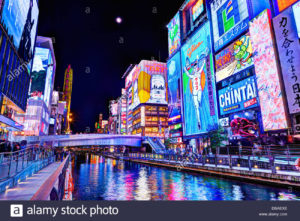
It was also this genre of more modern urban nightlife City Pop that brought about the disco ready sounds that could be played readily at clubs and bars throughout japan, that helped to epitomize City Pop’s late-night optimism and metropolitan wonder. Fantastic producers such as Yasuo Tomikura and Koki Ito with basslines that could make you feel grove into the next century were the face of urban nightlife City Pop with its jazzier and more cosmopolitan feel.
Before there was even City Pop, there was the genre of Techno-Pop a synth-based wave of music with groove-heavy dance-orientated tracks. While the term Techno-Pop eventually fell to the side to be replaced by City-Pop, the new technology-based society of Japan fell into place perfectly beside the techno side of City-Pop with its synth-based sounds.
Prominent artists such as Tatsuro Yamashita and Toshiki Kadomatsu used the technological advances in production equipment to create new and unique sounds that were unheard of to this point in the Japanese sphere of music.
City Pop in the Modern Age
Even with Mariya Takeuchi’s unprecedented success with Plastic Love, there are still many more modern artists that attribute their style and sound to the annals of City Pop history. Bands such as Awesome City Club, Sugar’s Campaign, and Yoshida Yohei Group have all cited City Pop as a key inspiration to their songs, and it can be heard within their albums.
Japanese funk bands Suchmos, Lucky Tapes, and Special Favourite Music, have all crafted dance tracks, with retro vibes and tunes that are all indebted to the original City Pop sounds of producers such as Tatsuro Yamashita.
I highly suggest checking out any of these bands if you wish to listen to some City Pop blended with some more modern sounding sounds, synths, and vibes.
Best of
With a genre that defined a nation and lasted for so long, there is a lot to look through in regards to the best City Pop tracks around. If you can read Japanese then Yutaka Kimura published a guide to the 500 most essential City Pop releases, however, if you can’t read Japanese then I have compiled a list of my few favourite City Pop tracks here:
- Mariya Takeuchi – Plastic Love
- Anri – Last Summer Whispers
- Tatsuro Yamashita – Ride on Time
- Mariya Takeuchi – OH NO, OH YES!
- Anri – I can’t stop the loneliness
- Tatsuro Yamashita – Sparkle
- Happy End – Kaze wo Atsumete
- Tomoko Aran – I’m In Love
- Miki Matsubara – Stay with me
- Taeko Ohnuki – Summer Connection
- Tatsuro Yamashita – Love Talkin
- Toshiki Kadomatsu – 52nd Street
- Happy End – Dakishimetai
- Cindy – Believing in Us
- Tatsuro Yamashita – Daydream
- Toshiki Kadomatsu – Melody For You
- Hiroshi Sato – I Can’t Wait
- Junko Ohashi – I Love You So
- Suchmos – Stay Tune
- Suchmos – 808
- Awesome City Club – Don’t Think Feel
- Awesome City Club – Lesson
These artists here are only on the tip of the City Pop discography, there are still hundreds of tracks to discover, and hopefully, you can use these tracks here as starting points for your own discoveries.
City Pop is a melting pot of many different various styles of music, most of which were pulled together by whatever was popular in America during the 70s and 80s. All to create a common theme of optimism, joy, woe, and the possibilities of what lies around the corner of the night, an urban night of ever-expanding possibilities in the most rapidly advancing cities in the world.
I hope you have enjoyed this whistlestop tour of City Pop, its history, its resurgence, and some of its most vital aspects and artists. City Pop is the song of the Japanese night; there really is no other genre that captures the heart of strolling the streets of metropolitan Japan twilight just as well as City Pop does and the endless swathes of optimism and hope that always just seem that too far out of reach.

